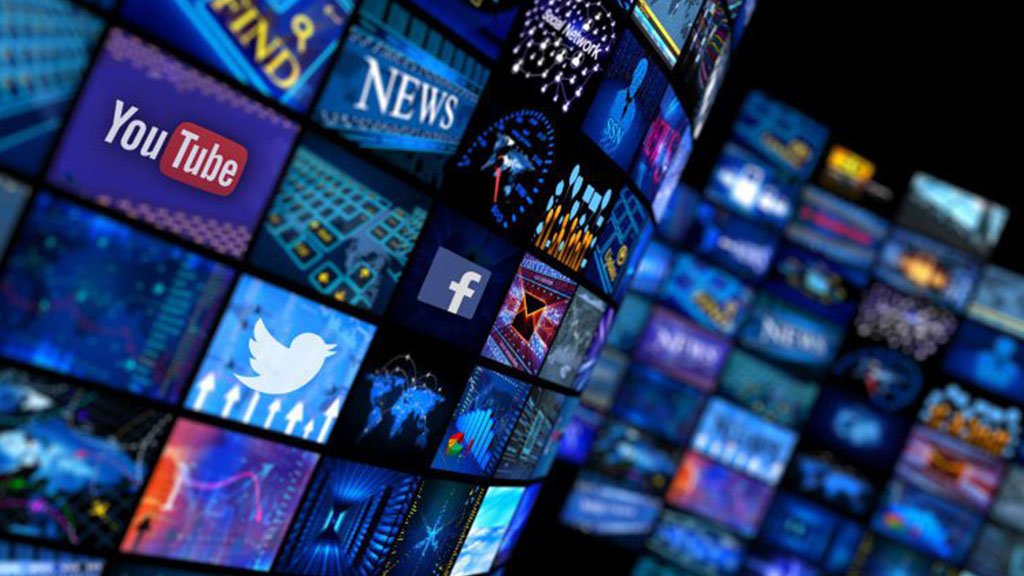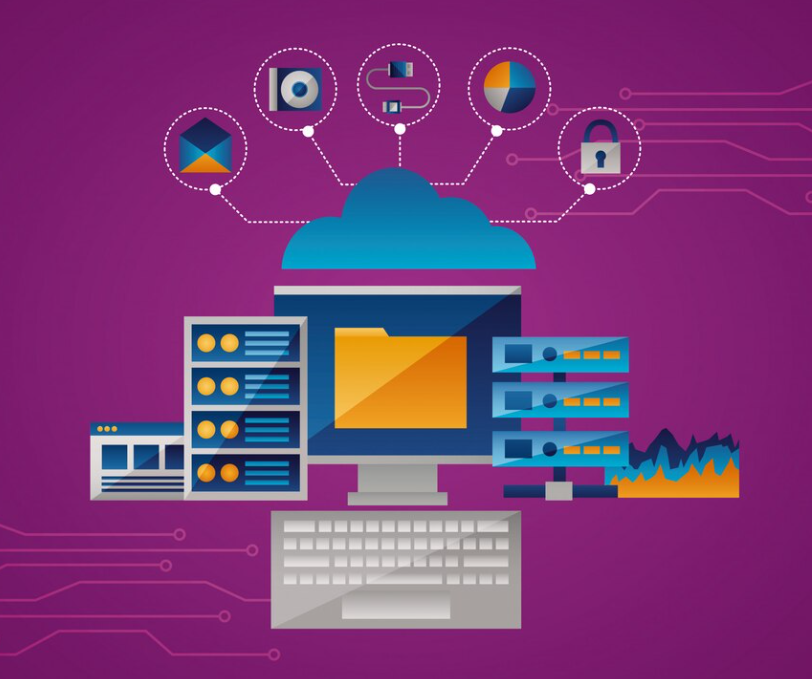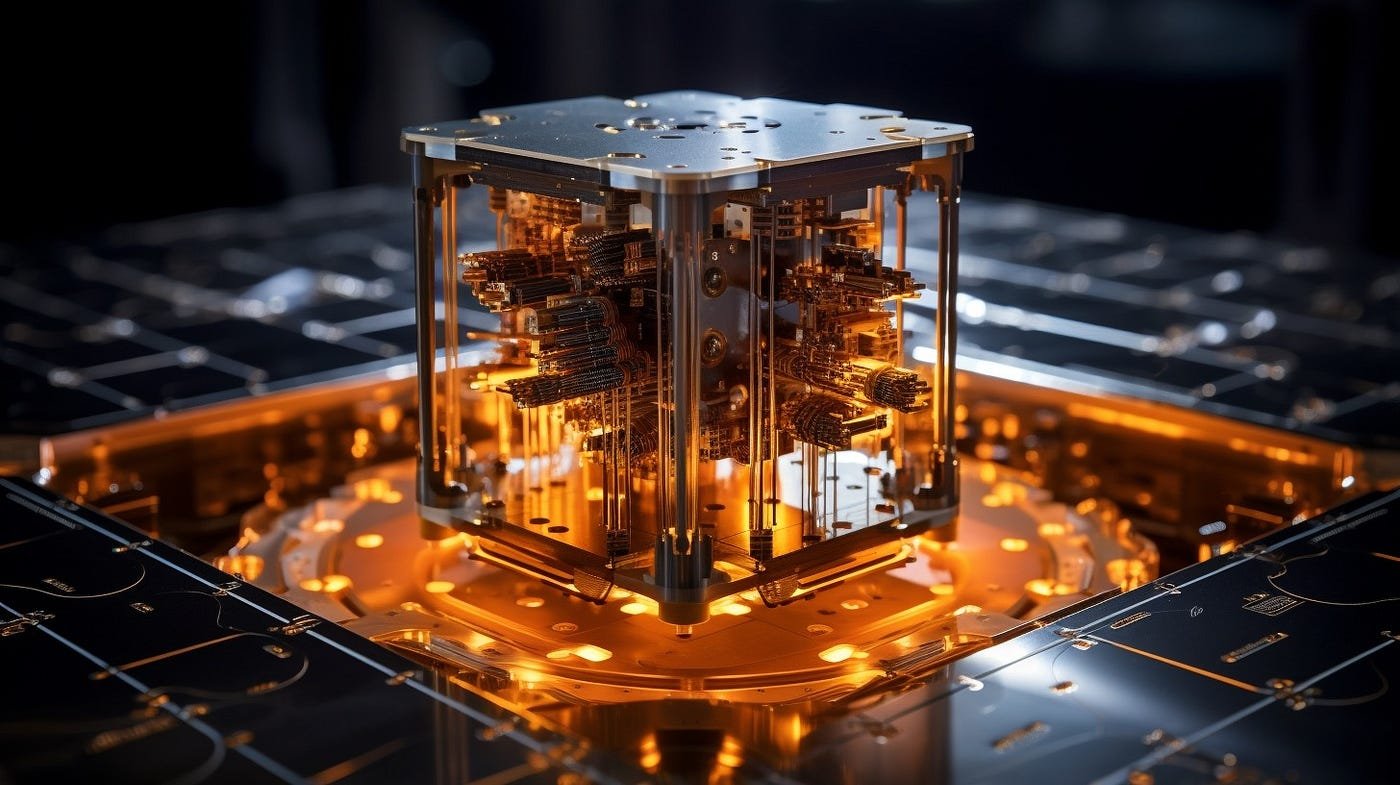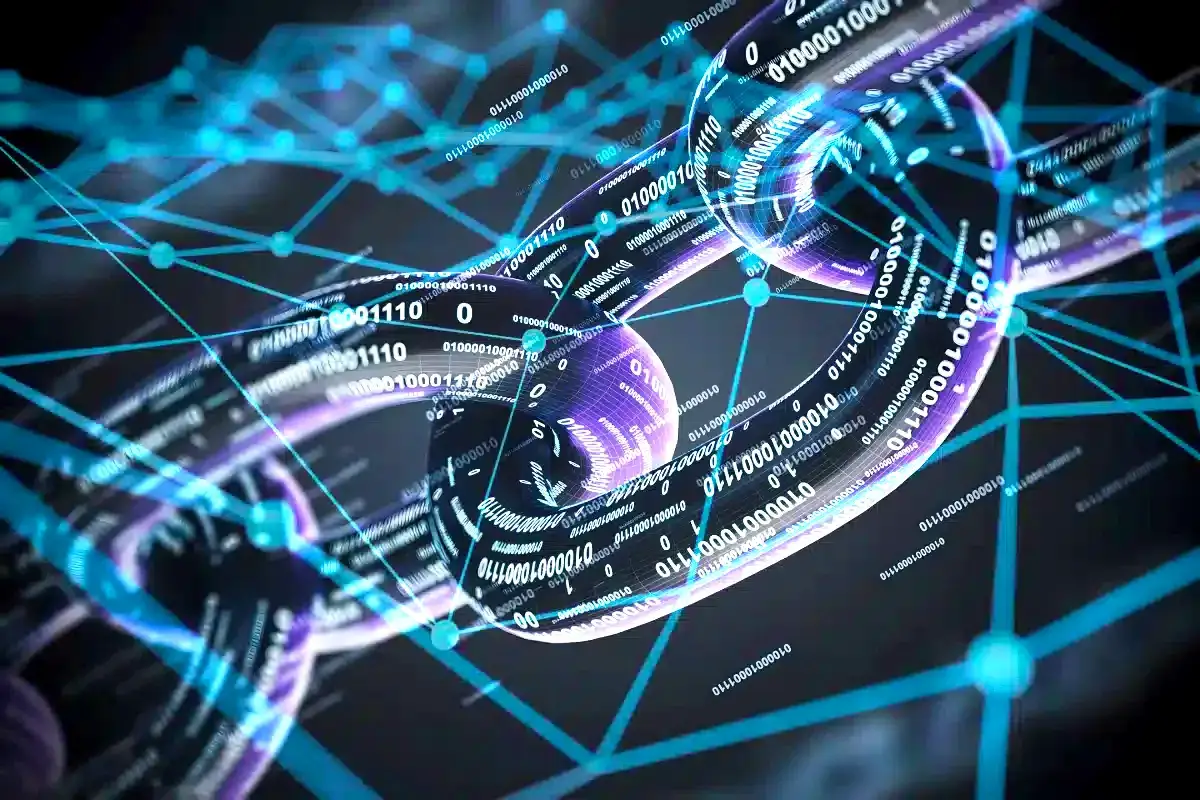Smart devices have become an integral part of our daily lives. From smart thermostats that optimize home temperatures to wearable health monitors that track our fitness goals, these devices have transformed how we interact with technology. But what makes a device «smart»? And how are these innovations shaping the future of connectivity?
What Are Smart Devices?
A smart device is any electronic gadget that connects to other devices or networks via wireless protocols such as Wi-Fi, Bluetooth, or cellular data. These devices use advanced computing capabilities and often incorporate artificial intelligence (AI) to offer functionalities beyond traditional electronics.
Examples of smart devices include:
- Smartphones: The quintessential smart device, combining communication, internet access, and app-based tools in one.
- Smart Home Gadgets: Devices like smart speakers, thermostats, and lighting systems that enable home automation.
- Wearables: Fitness trackers, smartwatches, and even smart glasses.
- IoT Devices: Internet of Things (IoT) devices like connected appliances, security cameras, and sensors used in homes, businesses, and industries.
The Rise of IoT: Connecting Everything
The Internet of Things (IoT) has been the driving force behind the proliferation of smart devices. IoT refers to the interconnected network of physical devices that communicate and exchange data over the internet. This ecosystem is growing rapidly, with Statista estimating over 29 billion IoT devices by 2030.
Key industries benefiting from IoT include:
- Healthcare: Smart health devices like glucose monitors and remote patient trackers improve diagnostics and treatment.
- Agriculture: IoT-enabled sensors monitor soil conditions, weather patterns, and crop health for precision farming.
- Retail: Smart shelves and inventory systems streamline supply chain operations.
- Transportation: Connected vehicles and smart traffic systems enhance road safety and reduce congestion.
The Benefits of Smart Devices
Smart devices offer numerous advantages, making them indispensable in modern life:
- Convenience: Automation and remote control capabilities save time and effort. For instance, smart locks allow users to manage home security from their smartphones.
- Efficiency: Devices like smart thermostats and energy monitors reduce resource consumption, promoting sustainability.
- Personalization: AI algorithms enable tailored experiences, such as fitness plans on wearables or custom lighting schemes.
- Improved Decision-Making: Data from smart devices can be analyzed to optimize processes, whether in personal health or business operations.
Challenges in the Smart Device Ecosystem
While smart devices offer significant benefits, they also pose challenges that need to be addressed:
- Privacy Concerns: Many smart devices collect and share user data, raising questions about privacy and data security. Breaches can compromise sensitive information.
- Interoperability Issues: With numerous manufacturers and platforms, ensuring seamless compatibility between devices can be challenging.
- Cybersecurity Risks: As devices connect to the internet, they become potential targets for hackers. Vulnerabilities in one device can compromise an entire network.
- Cost: High initial investment and maintenance costs can deter widespread adoption.
Smart Devices and Sustainability
One of the lesser-discussed advantages of smart devices is their potential to contribute to sustainability. By optimizing energy use, reducing waste, and supporting green initiatives, these devices can play a critical role in addressing environmental challenges.
For instance:
- Smart Grids: IoT-enabled grids improve energy distribution and reduce power outages.
- Smart Agriculture: Precision farming techniques minimize water and fertilizer usage.
- Eco-Friendly Homes: Smart thermostats and lighting reduce energy consumption, cutting down carbon footprints.
The Future of Smart Devices
The evolution of smart devices shows no signs of slowing down. Emerging trends indicate that the next generation of smart technology will be even more integrated, intuitive, and impactful. Key developments to watch include:
- Edge Computing: Processing data locally on devices instead of cloud servers will reduce latency and improve efficiency.
- AI Integration: Smarter algorithms will make devices more predictive and autonomous.
- 5G Connectivity: Faster internet speeds will enhance the performance of connected devices, enabling real-time interactions.
- Wearable Advancements: Future wearables could include smart clothing with embedded sensors or even medical implants.
- Sustainability Focus: More manufacturers are emphasizing eco-friendly designs and recyclable materials.
How TechImpact.TV is Covering Smart Devices
At TechImpact.TV, we’re at the forefront of exploring how smart devices are reshaping industries and lifestyles. From deep dives into IoT advancements to reviews of the latest gadgets, we aim to keep our audience informed and inspired.
Our platform highlights not just the technological marvels of smart devices but also the societal implications, addressing ethical concerns, accessibility, and sustainability. We believe in empowering our viewers to make informed decisions in this era of digital transformation.
Conclusion
Smart devices have revolutionized the way we live, work, and connect. As technology continues to advance, these gadgets will become even more integrated into our daily routines, driving convenience, efficiency, and innovation. However, addressing challenges like data security and privacy will be crucial to ensure a balanced and sustainable future.
For the latest updates on smart devices and technological breakthroughs, stay tuned to TechImpact.TV. Together, let’s explore the future of connectivity and beyond.












